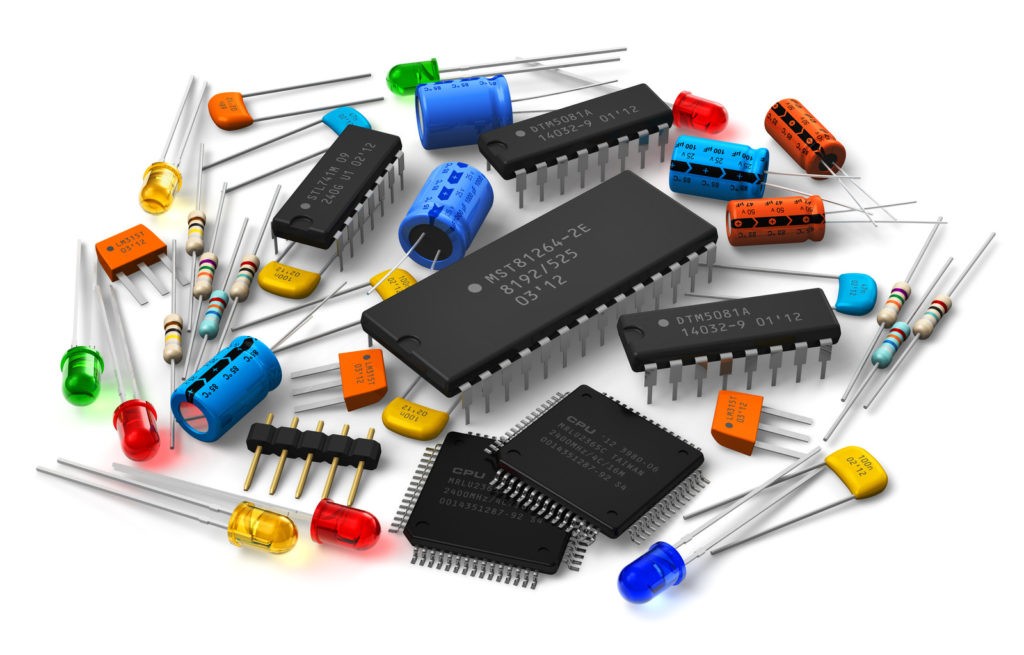We now have observed in the past that technology has changed continuously and managed to squeeze itself into a smaller and concise structure. Let’s take an example of the main computers which are made were the length of a warehouse of 1000 laptops which we use today. Think of how it’s been turned possible? The reply to it is integrated circuits.

The circuits which were made previously were huge and bulky, because of its circuit components like resistor, transistor, diodes, capacitor, inductor, etc. that had been connected alongside copper wires. This factor limited the utilization of the circuits to big machines. It had been impossible to produce small, and compact appliances with these big circuits. Moreover, they weren’t entirely shockproofed and reliable.
Mentioned previously, necessity could be the mother of inventions, similarly, the latest technologies are all caused by it. There were a requirement to develop circuits of smaller size with more power and safety to feature them into devices. Once there were three American scientists who invented transistors which simplified circumstances to quite a level, but it was the development of integrated circuits that changed the face of electronics technology.
What is Integrated Circuit?
A built-in circuit (IC), sometimes it may be called a chip or a microchip can be a compilation of transistors that are put on silicon. A circuit is way too small in proportions, when it’s compared to the standard circuits that happen to be made of the independent circuit components, to expect how big is a fingernail. IC can be a semiconductor wafer (also known as a skinny slice of semiconductor, such as crystalline silicon) which thousands or countless tiny resistors, capacitors, and transistors are fabricated.
Modern electronic circuits aren’t composed of individual, ensures they can not be comprised of separated components as used to be true. Instead, many small circuits take root in one complex piece of silicon and other materials called an internal circuit(IC), or chip or microchip. The production of integrated circuits begins with a simple circular wafer of silicon several inches across.
Firstly designers made drawings of in which each element in each part of the circuit is to go so the processing would become easy. A photograph of each one diagram might be reduced in proportions repeatedly to provide a tiny photolithographic mask.
The silicon wafer is coated which has a material known as a photoresist that undergoes a compound process when exposed to ultraviolet light. Ultraviolet light shown with the mask to the photoresist creates comparable pattern about the wafer as much like that mask. Then solvents etch in to the areas of the resist which were subjected to the sunlight, leaving one other parts intact. Then another layer of the silicon material doped by incorporating impurities so that it’s set over the wafer, and the other pattern is etched in by the similar technique.
The result of these operations is often a multilayered circuit, with lots of an incredible number of tiny transistors, resistors, and conductors created from the wafer. The wafer will then be broken apart along prestressed lines into many identical square or rectangular chips, that’s eliminate integrated circuits.
For more info about ANSC explore our new web site
